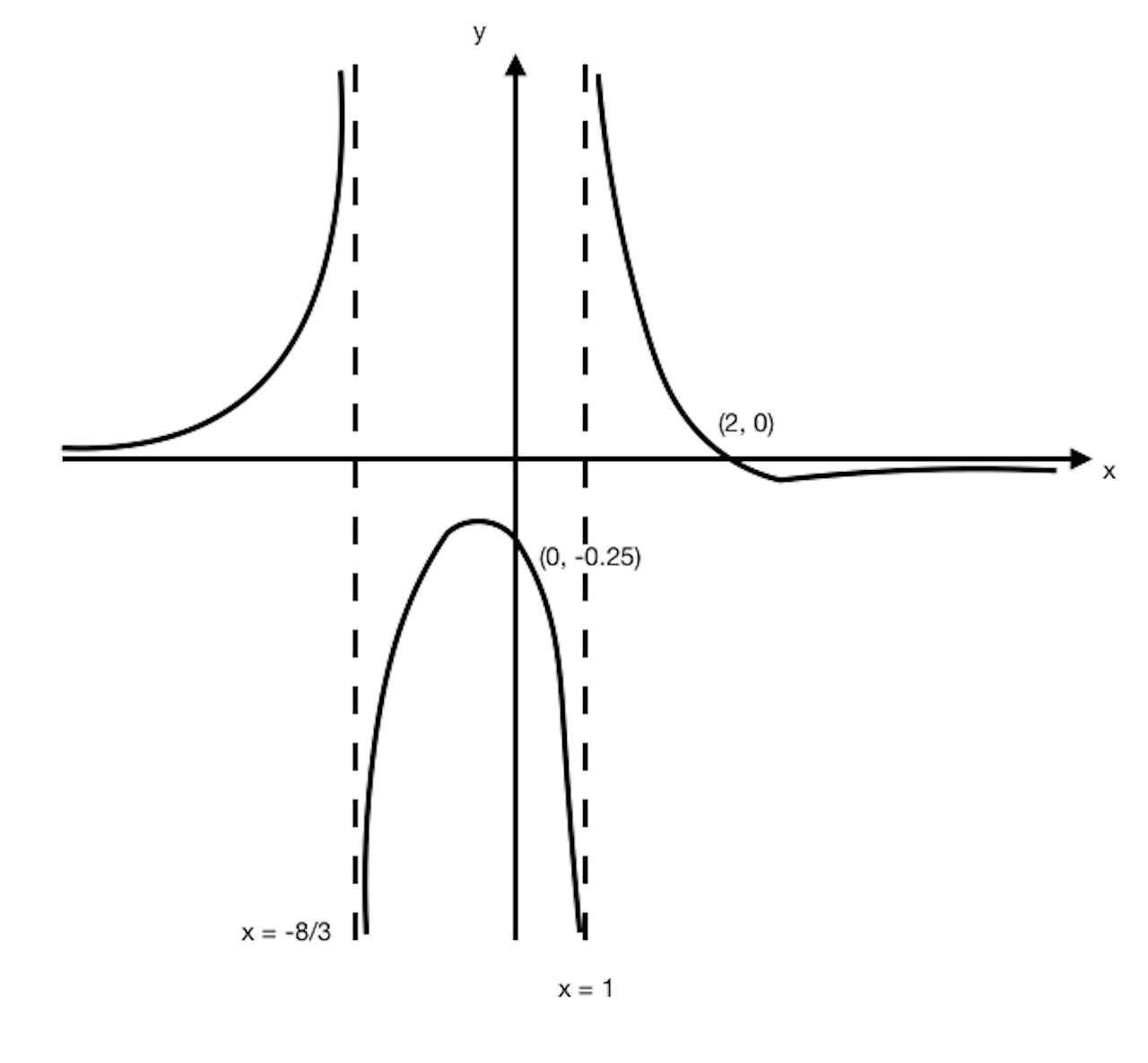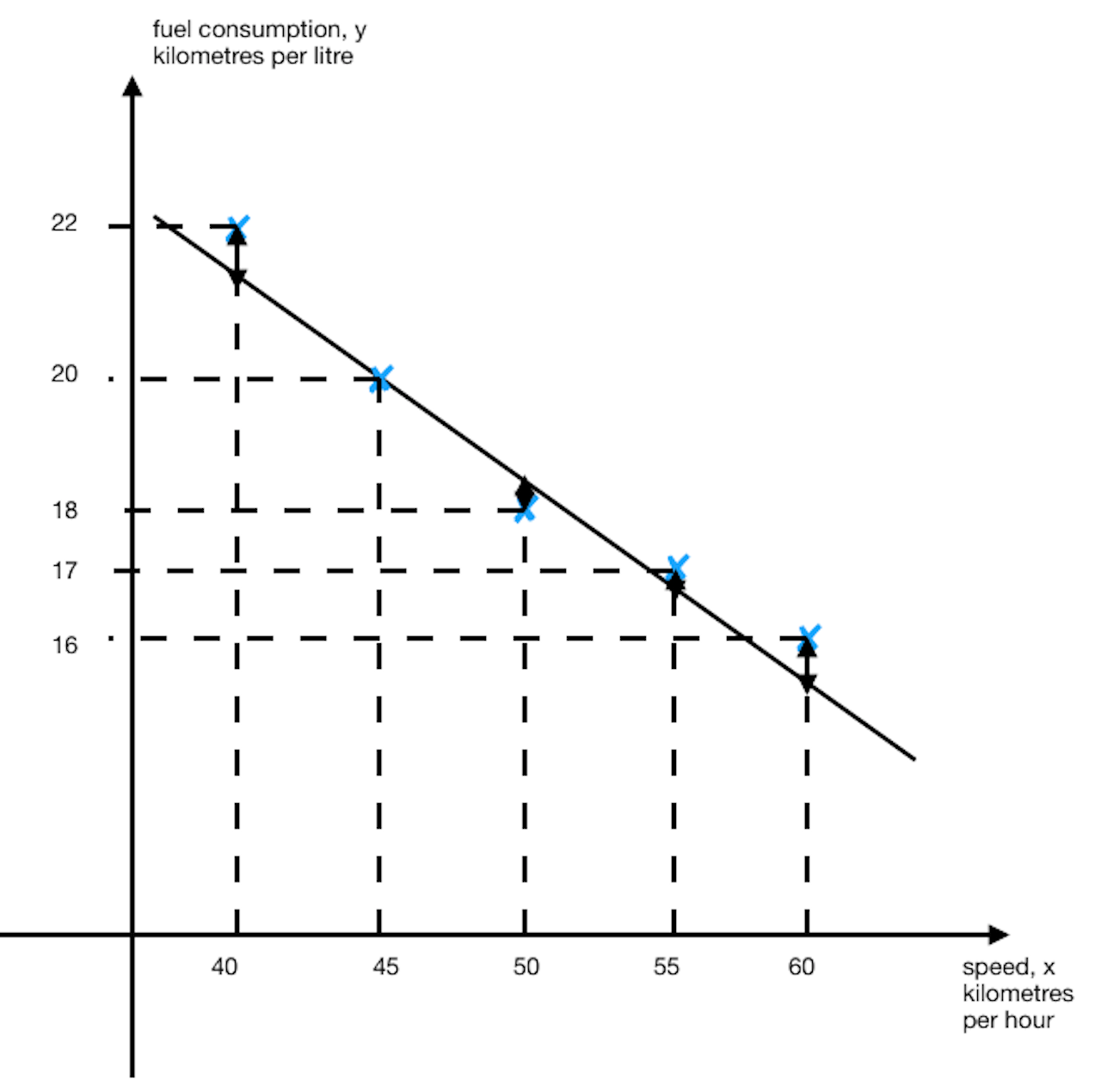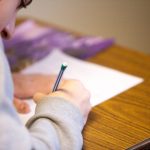All solutions here are suggested. Mr. Teng will hold no liability for any errors. Comments are entirely personal opinions.
Numerical Answers (workings/explanations are after the numerical answers.)
Question 1: ![]()
Question 2: ![]()
Question 3: ![]()
Question 4: ![]()
Question 5: ![]()
Question 6: ![]()
Question 7: ![]()
Question 8: ![]() ; orange bird & yellow bird, orange bird & white rider, white horse & white rider, white horse & yellow bird
; orange bird & yellow bird, orange bird & white rider, white horse & white rider, white horse & yellow bird
Question 9: ![]()
Question 10: ![]()
Question 11: ![]()
(i)![]()
![]()
![]()
(ii)![]()
![]()
![]()
![]()
![]()
![]()
(iii)![]()
![]()
![]()
![]()
![]() , a constant.
, a constant.
(i)

(ii)
From the graph, ![]()
(iii)![]()
![]()
![]()
![]()
![]()
![]()
![]()
![]()
let ![]()
Since ![]() , V is maximum when
, V is maximum when ![]()
![]()
![]()
![]()
![]()
![]()
![]()
![]()
(i)![]()
![]()
![]()
When ![]() ,
,![]()
![]()
![]()
![]()
(ii)![]()
(ii)![]()
(iv)
We observe that the answers found in (ii) and (iii) are accurate up to 5 decimal places. As the maclaurin’s series is centred about ![]() and the
and the ![]() value used in (ii) and (iii) is close to zero, the approximation is good and accurate.
value used in (ii) and (iii) is close to zero, the approximation is good and accurate.
(v)
We observe that ![]() is not defined at
is not defined at ![]() . Thus, the maclaurin’s series cannot be used.
. Thus, the maclaurin’s series cannot be used.
(i)![]()
![]()
At ![]() ,
, ![]()
![]()
![]()
(ii)![]()
Since ![]() and
and ![]() are collinear,
are collinear, ![]()
![]()
![]()
![]()
![]()
![]()
![]()
![]()
(i)
These 22 clubs form a population, as they are observations drawn from the 22 clubs in Division one.
(ii)
Dilip can collect a random sample by listing the 100 clubs in order and picking a random number from 1 to 4. For example, he picks the the number 4 and will then sample every fourth club in the list. This will ensure that each club has an equal chance of being selected, independently of each other.
(iii)
Required number of ways ![]() ways.
ways.
(i)
The probability that a randomly chosen mug is faulty is constant throughout.
The event that a randomly chosen mug is faulty is independent of another randomly chosen mug being faulty.
(ii)![]()
![]()
(iii)
Let ![]() be the number of days where at least 7 faulty mugs are found.
be the number of days where at least 7 faulty mugs are found.![]()
![]()
(iv)
Required probability ![]()
(v)
Required probability ![]()
![]()
![]()
![]()
![]()
![]()
(i)
Required probability ![]()
(ii)
Required probability ![]()
(iiia)
Required probability ![]()
(iiib)
Required probability ![]()
(iii)
Let ![]() and
and ![]() be number of characters that are Gerri’s two favourites.
be number of characters that are Gerri’s two favourites.![]()
![]()
We need the number of characters to give a product of 20. Thus the possible combinations are:
Orange Bird & Yellow Bird,
Orange Bird & White Rider,
White Horse & White Rider,
White Horse & Yellow Bird
(i)
Manager should carry out a 2-tail test since he wants to find out if the resistance differs from 750 ohms.
Let ![]() denote the population mean resistance of the resistor.
denote the population mean resistance of the resistor.
Let ![]() and
and ![]() denote the null hypothesis and alternative hypothesis respectively.
denote the null hypothesis and alternative hypothesis respectively.![]()
![]()
(ii)
Sample mean ![]()
Under ![]()
Test statistics, ![]()
Using the GC to perform a 2-tailed test, we have that ![]()
Since the ![]() , we do not reject
, we do not reject ![]() at
at ![]() level of significance and conclude with insufficient evidence that the mean resistance is not 750 ohms.
level of significance and conclude with insufficient evidence that the mean resistance is not 750 ohms.
(iii)
As the distribution is unknown, a sample size of 30 will be required in order to approximate the sample mean distribution to a normal distribution by Central Limit Theorem. The null hypothesis will be ![]() instead.
instead.
(i)
(a),(b)

Note that the coordinates (45, 20) should be on the line. Thus no residuals.
(c)
Using GC, sum of the squares of the residuals ![]()
(d)
The residuals might result in negative values, thus when finding sum of the residuals, we might have values cancelling each other out. By squaring the residuals, we ensure the values will always be positive.
(ii)
Bhani’s model will give a better fit since it has a smaller value for the sum of the squares of the residuals.
(iii)
The line must pass through the sample mean of the bivariate data, i.e., ![]()
(iv)![]()
Product moment correlation coefficient ![]()
(v)![]()
The estimate is not reliable as it does not lie within the given data range, thus we are extrapolating.
(vi)
Her data points are a perfectly linear and lies on her line.
(i)
Let ![]() and
and ![]() denote the mass of a white and a black ball respectively.
denote the mass of a white and a black ball respectively.![]()
![]()
![]()
![]()
(ii)![]()
![]()
(iii)![]()
![]()
![]()
(iv)![]()
![]()


